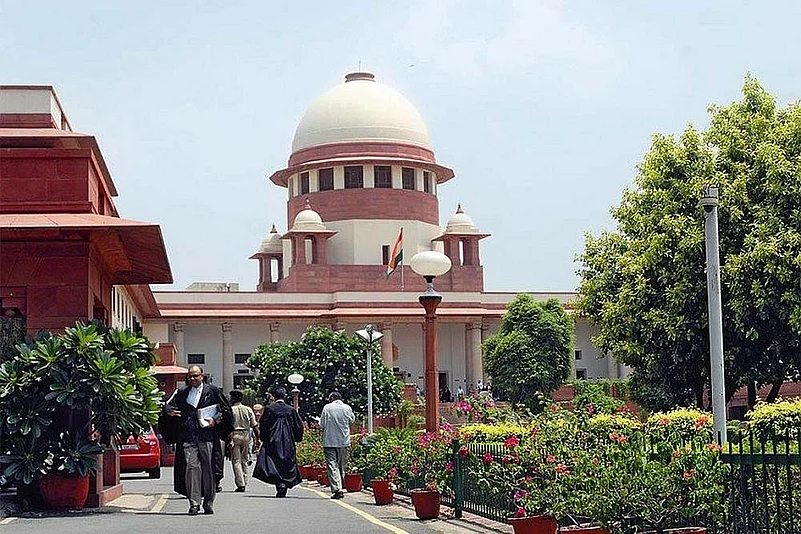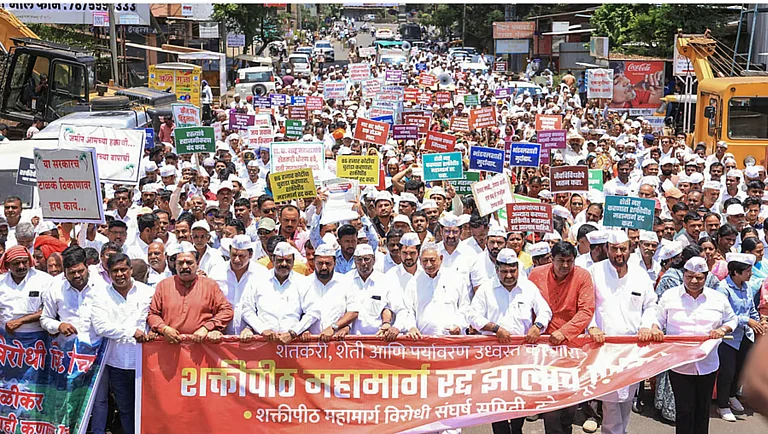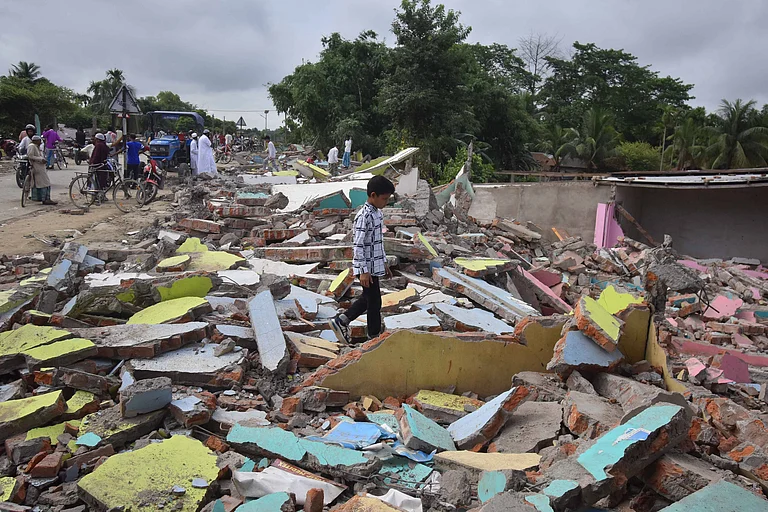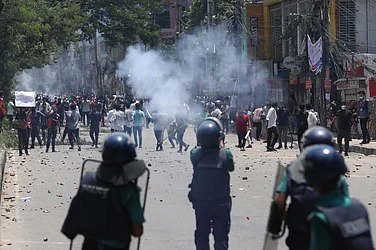
Maharashtra seeks SC approval to exempt 86,409 ha of Zudpi jungles from Forest Act and regularise encroachments.
CEC insists Zudpi lands remain forest, citing conservation laws and encroachment removal.
State’s plea conflicts with its own revenue code and past policies linking regularisation to payment.
The Maharashtra government has urged the Supreme Court to take nearly 86,409 hectares of Zudpi jungle land in Vidarbha out of the ambit of the Forest (Conservation) Act, 1980, and to regularise encroachments without penalties or compensatory measures. According to PTI, this runs contrary to the recommendations of the Supreme Court-mandated Central Empowered Committee (CEC) and the state’s own legal framework.
Zudpi jungles, named from the Marathi word for bushes and shrubs, are scrublands recorded as forest in revenue records of Nagpur, Wardha, Bhandara, Gondia, Chandrapur and Gadchiroli. Historically classified as inferior terrain with “Murmadi” soil unsuitable for dense tree growth, they have long been used as grazing grounds, cremation sites and locations for schools, health centres and other village infrastructure.
Despite their degraded nature, they serve as transitional ecosystems, provide fodder and fuelwood, and offer habitats for small wildlife and birds.
The issue stems from the Supreme Court’s December 1996 T N Godavarman judgment, which held that any land recorded as forest in government records, irrespective of quality or ownership, comes under the Forest Act. PTI reported that this brought Zudpi jungles under strict conservation laws.
In an affidavit, the state said: "Though these lands have been recorded in the revenue records as Zudpi Forest lands, taking into consideration the historical perspective, it is clear that these lands are not forest lands and that for the past several decades these lands have been put to various non-forestry purpose like residential, agricultural, government offices, public schools, primary health centres etc."
It asked the court to declare that the “86409 hectares of Zudpi land, unfit for Forestry Management, do not come under the purview of Forest Act, 1980 and also do not attract the provisions of orders of December 12, 1996".
The state warned that rejection of its plea would cause hardship. "If the prayers sought by the state are not granted, it will cause grave and irreparable damage to lakhs of citizens residing in these six districts of the Eastern Vidarbha Region," it said, noting that government schools, hospitals and defence establishments could face demolition if Zudpi lands remain under forest governance.
The CEC, in a February report to the court, disagreed. It said "Zudpi Jungle lands shall be considered as forest lands for all purposes" and the Forest (Conservation) Act applies to them. According to PTI, the committee recommended that allotments made before 12 December 1996 could be deleted from forest records with central approval, but only “as an exception and without treating it as a precedent”.
It further said "all unallotted fragmented land parcels shall be declared as Protected Forests" and that "any government order issued by the Government of Maharashtra regarding the regularisation of encroachments shall not be applicable to Zudpi Jungle lands".
It recommended removal of encroachments and allotments made after 25 October 1980, treating commercial allotments post-1996 as illegal, and creation of task forces for eviction and settlement proceedings.
Maharashtra’s plea also conflicts with its own Maharashtra Land Revenue Code, 1966, which requires collectors to remove encroachments and permits regularisation only after charging up to five times the market value of land, following public notice. PTI reported how the successive state resolutions have consistently tied regularisation to payment.
In 2002, the Revenue and Forest Department allowed pre-1995 slum encroachments outside Mumbai to be regularised, with slum dwellers paying market price plus penalty, non-slum residential encroachers charged 2.5 times market price and commercial encroachers five times. In 2018, rural and urban encroachments up to 1 January 2011 were permitted regularisation, with fees linked to official rates, penalties for delay, and exemptions for SCs, STs and OBCs.
Originally, 9,23,913 hectares in Vidarbha were recorded as Zudpi jungles, of which 6,55,619 hectares were notified as reserved or protected forests between 1955 and 1959. The current case concerns the remaining 86,409 hectares, which the state calls unsuitable for forestry management but which the CEC insists must remain under forest law. PTI reported that this disputed tract lies at the centre of the state’s petition.
"It is a well-settled law that Zudpi jungles are to be treated as forest land, and any non-forest use must follow the laws. If the state government continued to allocate these lands for non-forest purposes despite this clear legal position, it amounts to non-compliance and violation of laws, especially Van Adhiniyam 1980," Debadityo Sinha, Lead of Climate and Ecosystems at the Vidhi Centre for Legal Policy, said.
He added, "It is entirely the state's duty to provide lawful alternatives and reallocate land for public purposes, and also to ensure adequate compensation where required. Seeking blanket exemption from SC directions not only undermines its role as public trustee of forests but risks setting a very bad precedent for regularising illegalities by other states. The need is to fix accountability for past violations, address them lawfully, and improve the legal protection of forests," Sinha said.
(With inputs from PTI)




























